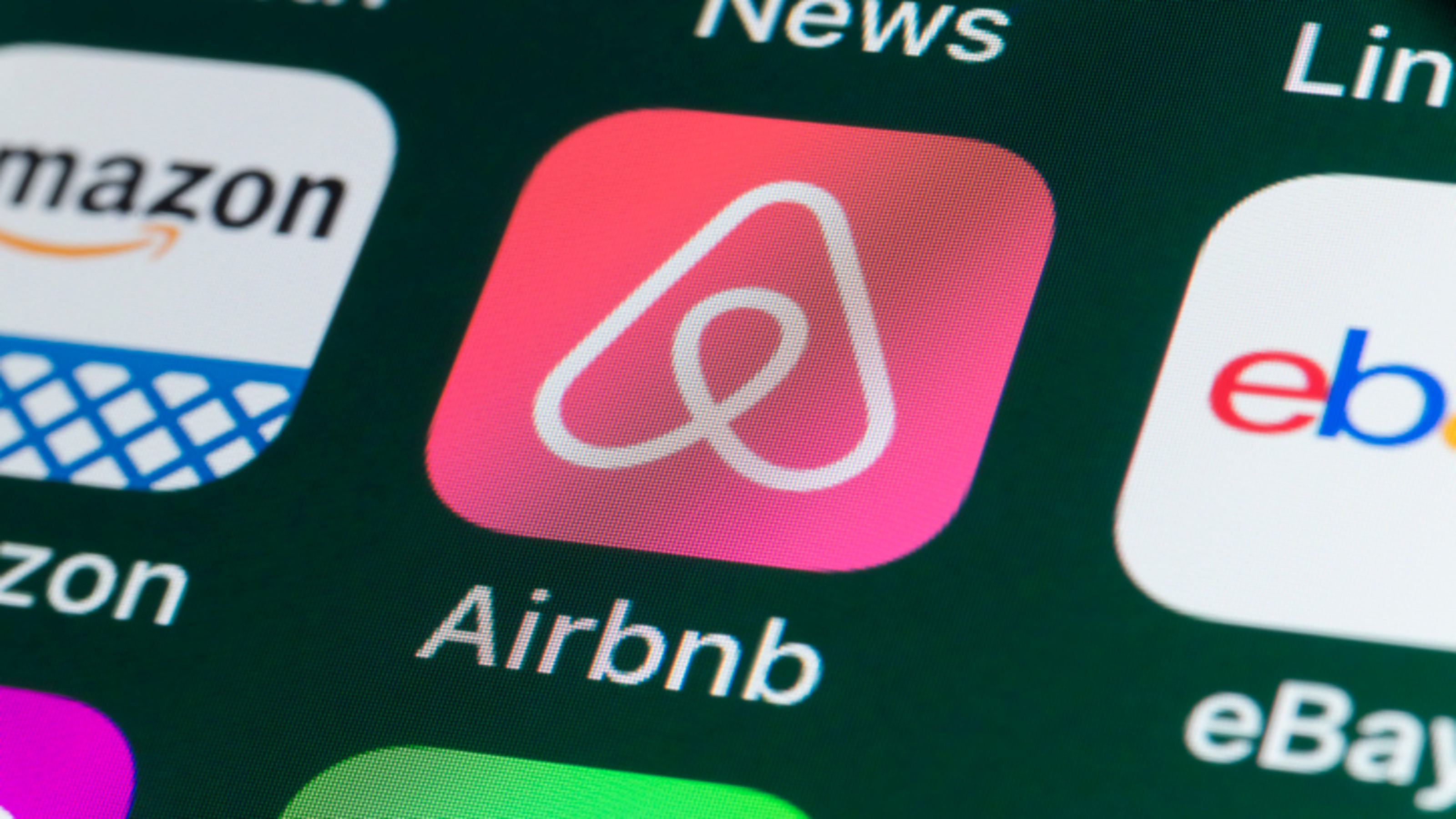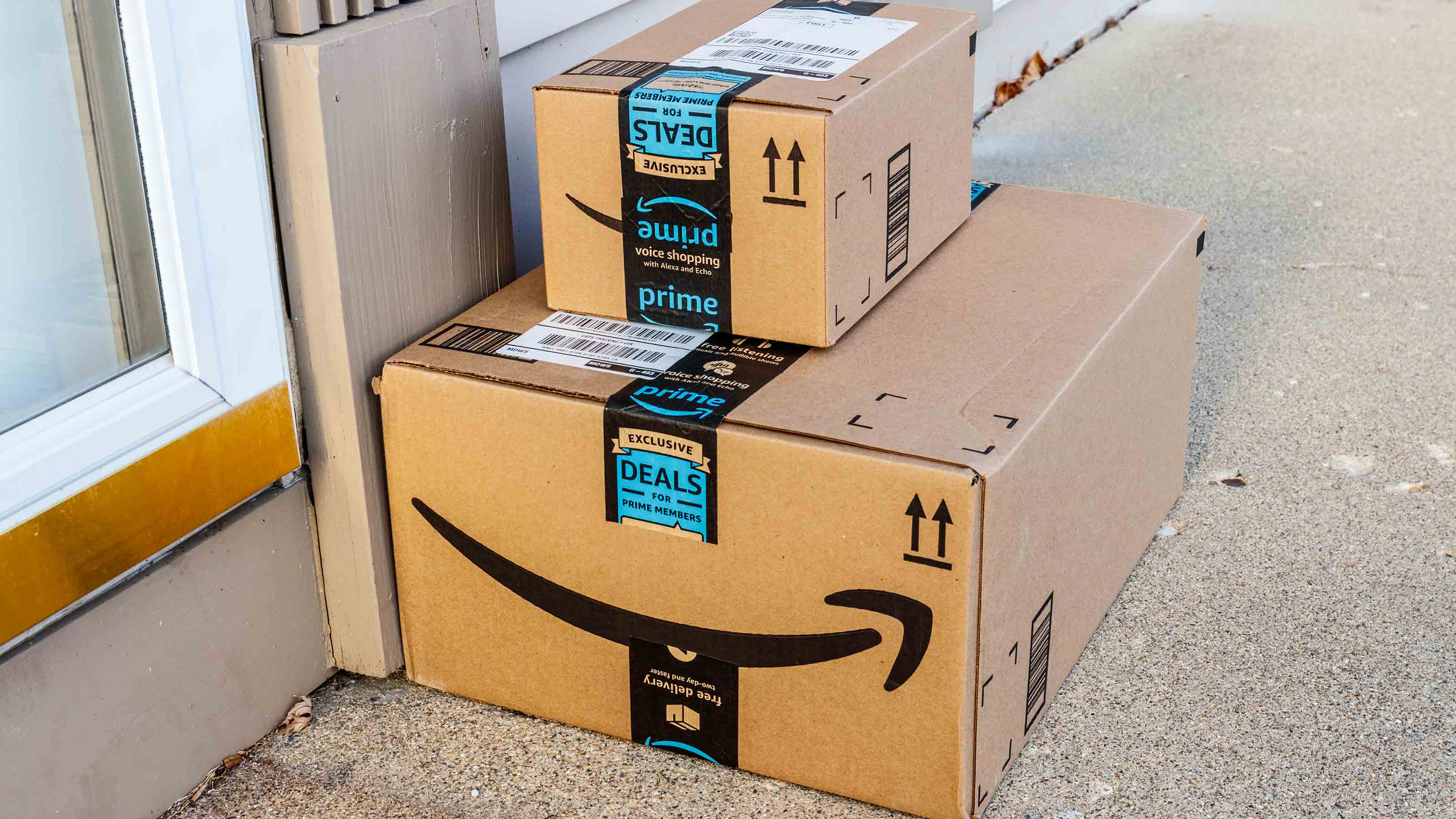6 Tips to Spend Less on Health Care
Many people are shouldering a larger portion of their health care expenses. But using a few key strategies can cut your costs.
Spend less on drugs
Switching to generic drugs is one of the easiest ways to save -- especially now that some big-name medications, such as Lipitor, have gone generic (see Brand-Name Lipitor at Generic Prices). Some brand-name drugs don’t have a generic clone but do have a therapeutic equivalent, which is in the same class of drugs but is a little different chemically. You can look up generics and therapeutic equivalents at www.drx.com (or through your insurer’s Web site) and also see how much you can save by using mail order. Ask your doctor about lower-cost alternatives.
DOWNLOAD: The Kip Tips iPad App
Spend less at the hospital
Physicians often work at outpatient surgery centers as well as hospitals, and the cost of treatment can vary widely by location even though you’re getting care from the same doctor. Before scheduling a procedure, ask whether the doctor works at any other facilities. Then call the hospitals or outpatient centers to compare costs. Fees for the doctor and the anesthesiologist might be the same, but you’re likely to save on the facility fee.

Sign up for Kiplinger’s Free E-Newsletters
Profit and prosper with the best of expert advice on investing, taxes, retirement, personal finance and more - straight to your e-mail.
Profit and prosper with the best of expert advice - straight to your e-mail.
Spend less on tests and x-rays
Different facilities charge vastly different prices for x-rays and tests. The average in-network cost of an MRI at a hospital tends to be twice the cost at an independent radiology facility. When doctors order a lab test or an x-ray, they write a requisition form, and just like a prescription, you’re free to fill it at any facility. Many insurers offer Web tools that show costs for various facilities under your plan, and you can look up fair prices for medical tests at www.healthcarebluebook.com.
Spend less on emergency care
If you don’t need to go to an emergency room, you can save hundreds of dollars by getting treatment at an urgent-care center or convenience-care clinic (such as Minute Clinic at CVS). Some insurers boost the coinsurance rate for non-emergency visits to the ER and waive the coinsurance payment entirely for convenience-care centers. Or you may be able to get free advice from your insurer’s 24-hour nurse hotline.
Spend less on preventive care
Make the most of new laws that require insurers and Medicare to provide certain preventive procedures, such as blood-pressure and cholesterol tests, mammograms and colonoscopies, flu shots, routine vaccines and well-baby visits—without copays or deductibles (see www.healthcare.gov for the list). Plus, many employers offer incentives to participate in a healthy-living program -- for example, a discount on health premiums if you enroll in a tobacco-cessation program.
Health care spending accounts
Health care spending accounts let you designate the amount to be deducted from your salary each payday, starting at the beginning of the year. For now, your employer sets the maximum amount you can contribute (in 2013, the maximum for all plans will be $2,500); your contributions avoid federal, state and local income tax as well as Social Security and Medicare taxes. The money can be withdrawn as reimbursement for qualified health expenses, such as co-payments, eyeglasses and contact lenses, and the cost of prescription drugs. (As of 2011, you can no longer use money in the account for nonprescription drugs.) If you don’t use the money by the end of the plan year or, with some employers, by March 15 of the following year, you lose whatever’s left in the account.
Get all 100 of our top money-saving tips by downloading the new iPad app or purchasing the PDF version.
Get Kiplinger Today newsletter — free
Profit and prosper with the best of Kiplinger's advice on investing, taxes, retirement, personal finance and much more. Delivered daily. Enter your email in the box and click Sign Me Up.
-
 Stock Market Today: Stocks Soar on China Trade Talk Hopes
Stock Market Today: Stocks Soar on China Trade Talk HopesTreasury Secretary Bessent said current U.S.-China trade relations are unsustainable and signaled hopes for negotiations.
By Karee Venema
-
 2026 Disney Dining Plan Returns: Free Dining for Kids & Resort Benefits
2026 Disney Dining Plan Returns: Free Dining for Kids & Resort BenefitsPlan your 2026 Walt Disney World vacation now. Learn about the returning Disney Dining Plan, how kids aged three to nine eat free, and the exclusive benefits of staying at a Disney Resort hotel.
By Carla Ayers
-
 Roth IRA Contribution Limits for 2025
Roth IRA Contribution Limits for 2025Roth IRAs Roth IRA contribution limits have gone up. Here's what you need to know.
By Jackie Stewart
-
 Four Tips for Renting Out Your Home on Airbnb
Four Tips for Renting Out Your Home on Airbnbreal estate Here's what you should know before listing your home on Airbnb.
By Miriam Cross
-
 Five Ways to a Cheap Last-Minute Vacation
Five Ways to a Cheap Last-Minute VacationTravel It is possible to pull off a cheap last-minute vacation. Here are some tips to make it happen.
By Vaishali Varu
-
 How to Figure Out How Much Life Insurance You Need
How to Figure Out How Much Life Insurance You Needinsurance Instead of relying on rules of thumb, you’re better off taking a systematic approach to figuring your life insurance needs.
By Kimberly Lankford
-
 Amazon Big Deal Days Is Coming! We’ve Got All the Details
Amazon Big Deal Days Is Coming! We’ve Got All the DetailsAmazon Prime To kick off the holiday season with a bang, Amazon Big Deal Days runs Tuesday, October 8 and Wednesday, October 9.
By Bob Niedt
-
 How to Shop for Life Insurance in 3 Easy Steps
How to Shop for Life Insurance in 3 Easy Stepsinsurance Shopping for life insurance? You may be able to estimate how much you need online, but that's just the start of your search.
By Kaitlin Pitsker
-
 Five Ways to Shop for a Low Mortgage Rate
Five Ways to Shop for a Low Mortgage RateBecoming a Homeowner Mortgage rates are high this year, but you can still find an affordable loan with these tips.
By Daniel Bortz
-
 Retirees, It's Not Too Late to Buy Life Insurance
Retirees, It's Not Too Late to Buy Life Insurancelife insurance Improvements in underwriting have made it easier to qualify for life insurance, which can be a useful estate-planning tool.
By David Rodeck